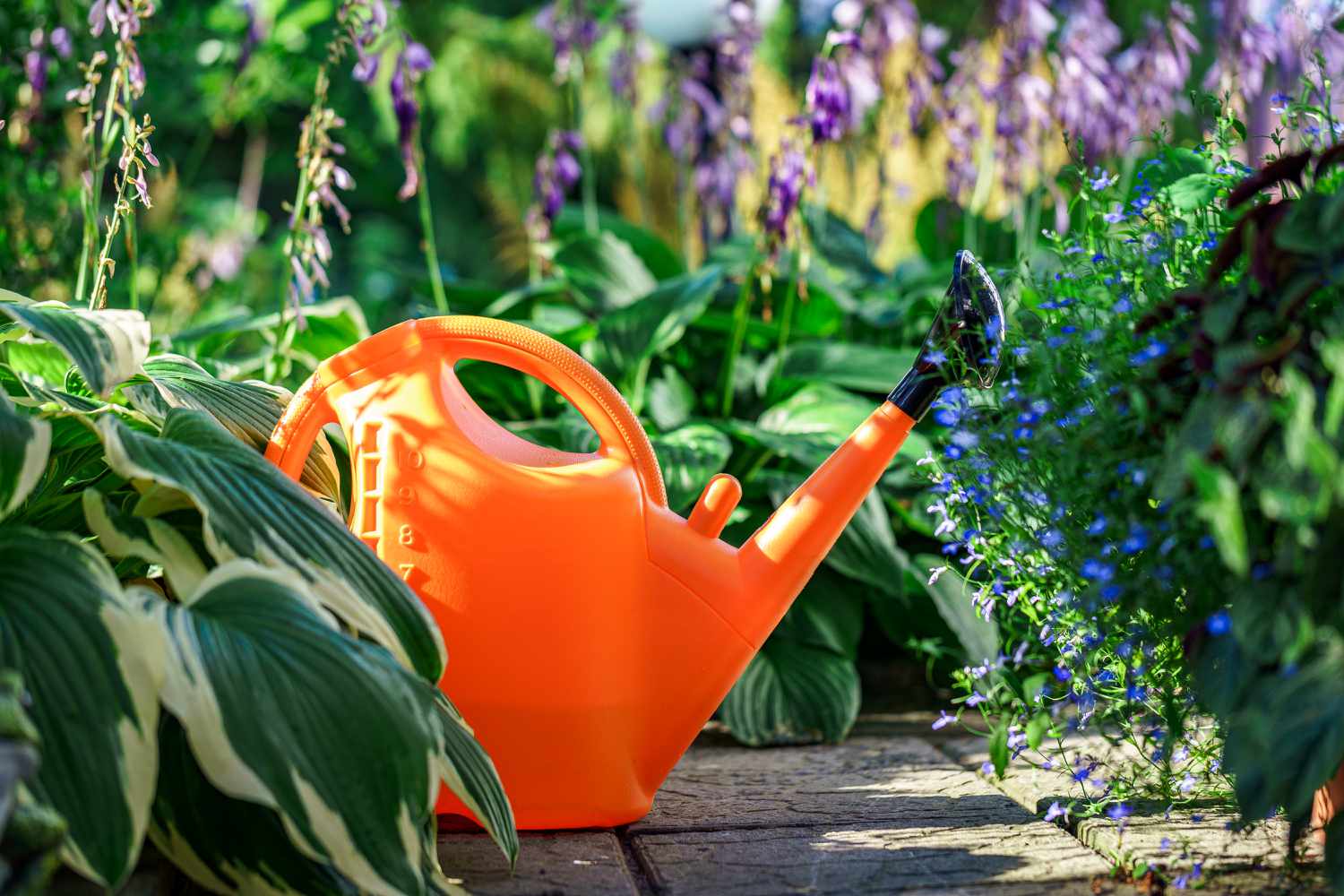
What Are Those Little Mud Chimneys in Southerners’ Yards?
The arrival of April showers often brings mysterious muddy chimneys to yards across the South. And while the sight of these mounds may make most passersby pause, they are a familiar part of the landscape to Carrie Stevenson, a coastal sustainability agent with the University of Florida’s Institute of Food and Agricultural Sciences.
At her childhood home in Meridian, Mississippi, Stevenson remembers towers of mud that sometimes reached heights of over six inches and dotted the soggy section of her neighbor’s yard. “Because I grew up with them next door, they’re just part of my understanding of the world,” she says.
What are these curious, steeple-like structures?
More than three hundred species of crayfish reside in the United States, with the Southeast being the hub of species diversity. But not all crayfish—sometimes called crawfish, crawdads, or mudbugs—live in water. A colorfully nicknamed category known as lawn lobsters lives in marshy soil near a freshwater source.
Crayfish mounds along a trail in DeFuniak Springs, Florida.
These primary burrowers reside in underground tunnels whose entrance is marked by a tall chimney with an opening at the top, which is sometimes plugged to retain moisture. Under the chimney are corridors that can reach as deep as the water table. Some burrows even connect multiple chimneys, which can act as escape hatches.
The rainy season often proves the perfect time for a tunnel remodel. According to Greg Lutz, professor and extinction specialist with the LSU AgCenter, crayfish will use the newfound moisture in the soil to burrow deeper, preparing for drier periods. “You’ll see a little two-inch crawfish make a chimney that might be five or six inches tall because, as they excavate, they’re just trying to get the dirt up and out of the way,” he says.
Won’t You Be My Neighbor?
While persnickety gardeners might object to lawn lobsters, their mounds have little impact on surrounding vegetation. Crayfish are omnivorous and, according to Stevenson, prefer tadpoles, insects, detritus, and other snacks in and around the soil rather than a buffet of grass. Plus, their presence is a kind of compliment. “They’re very sensitive to pollution,” she says. “You could look at it as a positive if you’ve got them that your water quality is good.”

Lacunicambarus diogenes, or the Devil Crayfish, is a primary burrower found in the Southeast.
If you really don’t like the look of their construction on your lawn, Stevenson’s best advice is to rethink that section of your yard completely, as it’s likely soggy anyway. She suggests leaving the area natural or planting wetland species—lilies, ferns, irises, tall grasses—to create a marshy habitat.
Whatever you do, don’t use chemicals, which harm these creatures and can contaminate groundwater. Some species of lawn lobsters are on the verge of extinction, Lutz notes, including the endangered Dougherty Burrowing Crayfish and Piedmont Blue Burrower.
“I always encourage people to keep an eye out for them,” Stevenson says. “We sometimes lose touch with the things that are around us in nature, and when you see something like that in the woods, it’s just a reminder that there’s another whole little world over here.”










